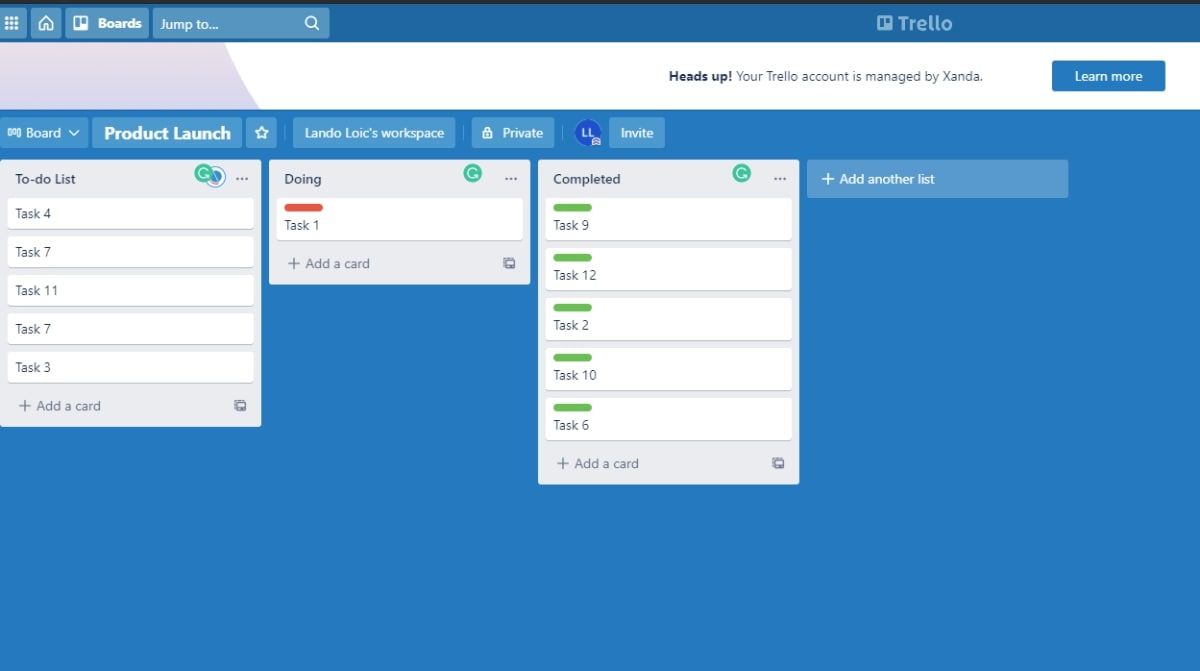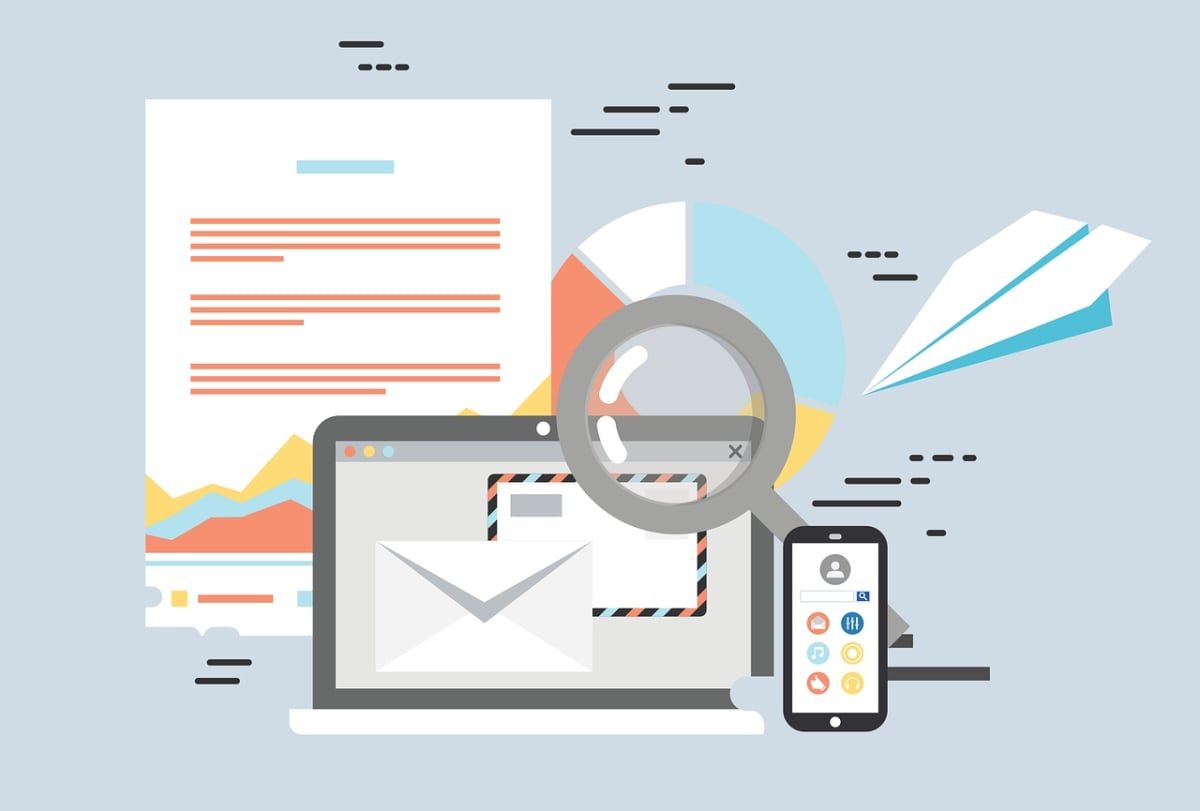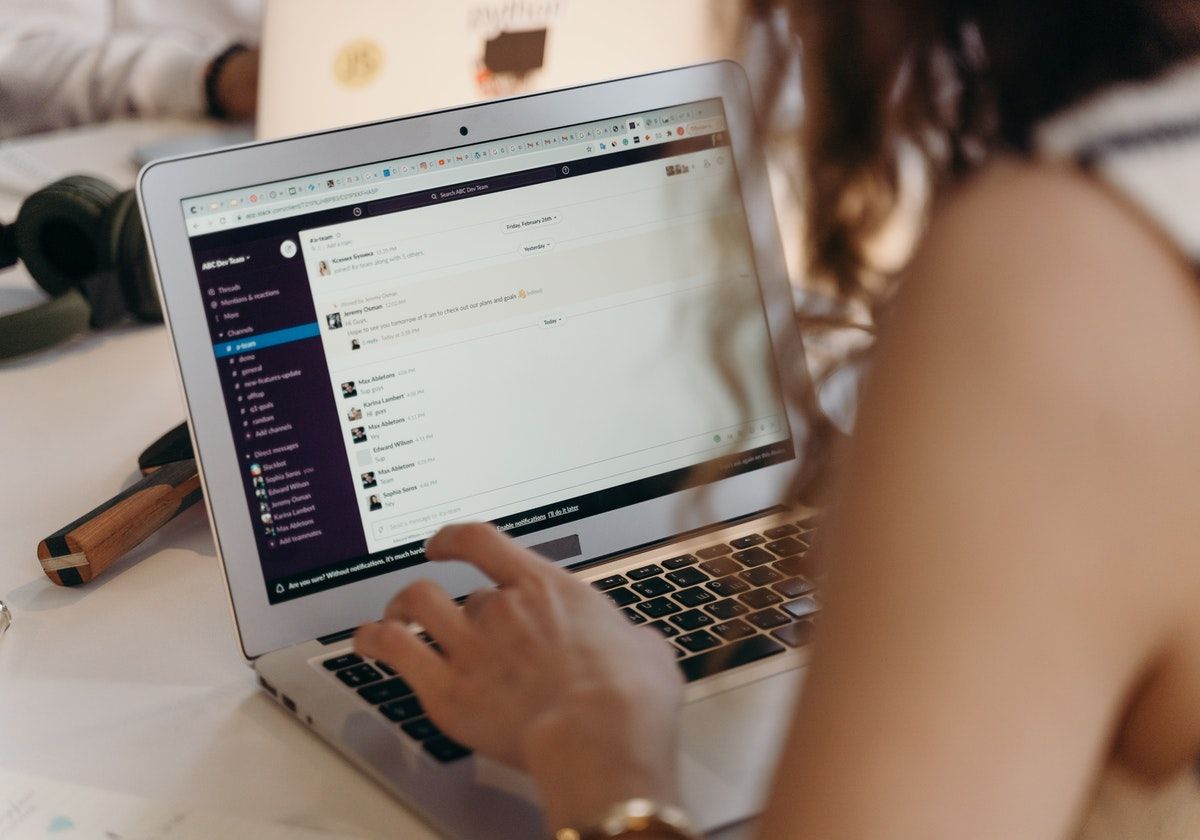When was the last time you had more than 30 minutes of uninterrupted focus while working on a task? In fact, chances are we might lose you to an email, Slack message, breaking news alert, or YouTube video before you finish reading this article.
When you fragment your energy and focus on so many different tasks, you cannot be your most productive self. In this article, we will explore context switching, and how to overcome it.
What Is Context Switching?

Context switching, task switching, or multitasking occurs when you jump from one task or activity to another without finishing the previous, shifting your attention and losing time in the process.
But, in a practical sense, we believe context or task switching is the more accurate term to describe what many people regard as multitasking. This is because, in most cases, we are only rapidly switching our attention from one task to another rather than focusing on multiple tasks simultaneously, as this study reveals that our brains can't do that.
Task switching might seem inoffensive on the surface. It could even trick you into believing that it helps you be more effective, but context switching is like a wrecking ball that gains momentum to demolish your productivity, as this research shows.
This happens because your brain goes through a refractory phase before you return to the previous task or start the next one, as it tries to recall what you were working on or adjusts to the new activity.
Therefore, task switching on multiple occasions puts a great deal of strain on your cognitive abilities. What's more, the compounding stress from intrusive thoughts about the unfinished tasks you left behind as the Zeigarnik effect kicks in can lead to mental overload and burnout.
That's the time, concentration, energy, and creativity you could use to work productively on your project pouring down the drain. The tax you pay for task switching is longer completion times for projects and an increased likelihood of mistakes.
Why Do We Fall Prey to Context Switching
Understanding why it is so easy to jump from one task to another and so challenging to stay focused is key to creating an effective plan to fight back. Here are some reasons you context switch:
- Quick access to a vast sea of information.
- Your brain craves novelty and likes to wander.
- Digital tools are designed to compete for your attention.
- Interrupting notifications from your computer and smartphones.
- The “always-on” culture creates excessive work demands and increases expectations to respond to emails or other messages immediately, etc.
How to Overcome Context Switching
Creating a plan to deal with task switching allows you to enter a state of flow that promotes deep work, enjoy shorter completion times for tasks and a lower margin for errors, and mitigate work-from-home burnout.
That said, here are some tips and digital tools to help you become better at structuring your day to overcome task switching:
1. Use a Digital Task Manager

One of the reasons you tend to context switch is that you might be physically working on a project yet mentally focusing on another, increasing your likelihood of jumping to it. However, making a plan allows you to build your focus muscles to concentrate on the task in front of you.
You can use a digital task manager like Trello to get all the tasks you plan to work on later off your mind, allowing you to focus solely on the one at hand. It will be challenging to completely get all those tasks off your mind at the start, but you will get better at it with time.
Download: Trello for Android | iOS (Free, premium version available)
2. Choose the Right Prioritization Technique

Prioritization techniques are the most effective tools to help you focus on your most important tasks before moving to the next one. They allow you to assess all your tasks, and organize them according to priority.
You can use the MoSCoW method, or these other prioritization techniques, to overcome context switching and level up your productivity. Incorporating them into your routine will help you distinguish between high-value tasks—those you should focus on now, and low-value tasks—those you can delegate to others or ignore.
3. Leverage Time Blocking and Task Batching

Having established your to-do list and organized your tasks according to priority, you can add more structure to your workday by leveraging task batching and time blocking.
Task batching means organizing your tasks by grouping them based on similarity and addressing them in a set time block, rather than doing them sporadically throughout the day. For example, pick a time block during the day for recurring or straightforward tasks like responding to emails.
Moreover, you can create time blocks for recreational activities or tasks unrelated to your work, like browsing through your Twitter feed or watching YouTube videos. This technique will help you to save time, cut down distractions, and avoid context switching.
4. Take Regular Breaks

Many people still consider breaks as a luxury in the workplace, but they are not. That's because a deep focus on a task, or context switching, both require a lot of energy. Therefore, breaks are a necessity because they allow you to rest, recharge, and regain your focus.
You can make it a habit to incorporate microbreaks after each time block by leveraging the Pomodoro method to increase your productivity. During those breaks, you can do breathing exercises, take a walk, stretch, or do any other activity you enjoy, to take your mind off work for a few minutes.
5. Leverage Asynchronous Communication

As we have mentioned above, the increasing expectations to respond to emails or other messages immediately is one of the main reasons people are prone to switching tasks. Asynchronous communication is communication that does not happen in real-time.
So, to overcome context switching, you can leverage and encourage asynchronous communication in your workplace, especially regarding non-urgent messages. For example, you can use your company's internal Wiki or a shared message board to publish updates that your colleagues can check when they can.
Regain Your Focus and Productivity
The best way to do your most productive work is to concentrate on one thing at a time. Using these tips and digital tools, you can train your brain to single-task, increase productivity, and decrease stress.
0 Comments